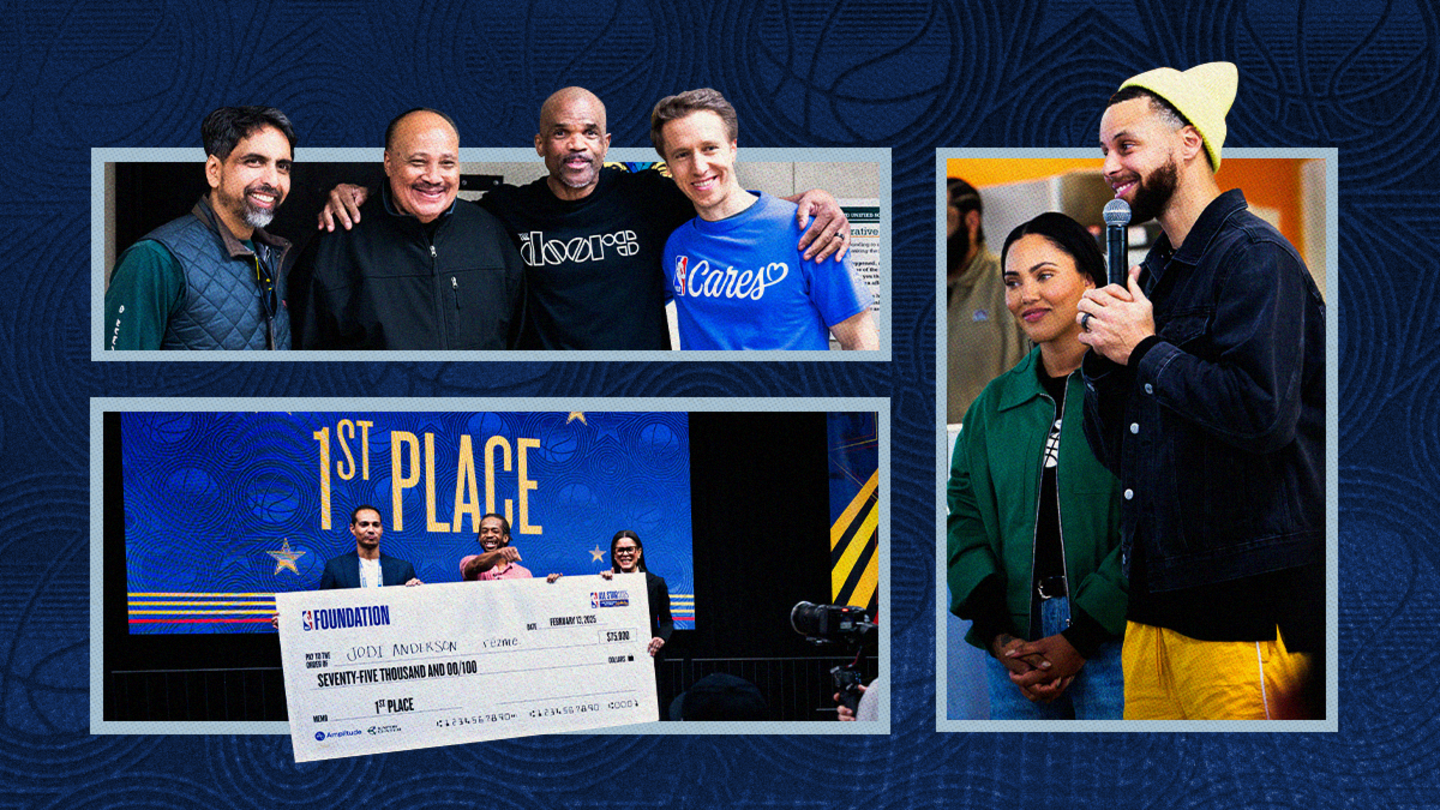Principle Based Management™ provides a holistic approach to making decisions, solving problems, and creating value for individuals in your community, team members in your organization, and society at large. This article provides an introduction to the mental models, ideas, and tools that can help you reach the next level in your work.
Nonprofit leaders and teams must routinely ask hard questions, like: Do we know how we create value for others? Is that understood and shared by everyone, and are we continually adding to our capabilities to move toward our goals? Are we building the right culture and attracting the right talent to achieve our goals? Do we have the knowledge we need to make the best decisions? Does everyone understand what they’re responsible for and are they empowered to be entrepreneurial? Are people motivated to maximize their contribution and engaged in meaningful work?
These questions are at the very core of the Principle Based Management (PBM) philosophy. Some management systems are based on collecting the best practices from the most successful businesses, while some are a hodgepodge of "whatever works." PBM takes a different approach; it begins with asking "What are the fundamental principles that enable individuals and societies to thrive?" and then tries to analogously apply them to our daily efforts. As such, PBM is a collection of dozens of time-tested principles that we can translate into ideas and tools to get results — all of which is organized into five dimensions to help us keep it all straight.
Each dimension is a collection of principles and mental models organized along the key topics every organization faces, regardless of type or size:
- Vision: Do we know what we’re trying to accomplish (both in the context of goals we want to achieve long term and the market opportunities we can capitalize on today) and the capabilities we need to move toward our goals?
- Virtue & Talents: Do we have people with the right culture and knowledge and skills?
- Knowledge: Are people seeking the knowledge they need to make decisions?
- Comparative Advantage: Do people understand what they’re responsible for and where they should focus their entrepreneurship?
- Motivation: Are people motivated to maximize their contribution and become self-actualizing?
The Five Dimensions remind us of things we should think about to get results. Rather than prompting you to consider superficial practices or methods to copy from other organizations, they instead give you the tools to analyze the deeper principles behind these practices so that you can tailor them to your unique situation.
Though even having any one of those questions answered is helpful, the real power of these dimensions comes when we apply them holistically. (And each of those questions barely scratches the surface of what each dimension points us to consider). When applied holistically, the Five Dimensions become mutually reinforcing and interdependent.
The possibility of [people] living together in peace and to their mutual advantage without having to agree on common concrete aims, and bound only by abstract rules of conduct, was perhaps the greatest discovery [humankind] ever made.”
F.A. Hayek
Law, Legislation and Liberty, Vol. 3
Determine where and how, given our capabilities and available opportunities, the organization can create the most long-term value for customers and society.
Vision should tell you just as much about what not to do as well as what to do. You might be facing a vision problem if any of the following are true:
- Teams and individuals respond to opportunities in a reactionary way or have difficulty articulating overall priorities and why they matter.
- Individuals treat all opportunities that emerge as if they’re equally valuable or important.
- Employees interpret changes to a key strategy as if it’s actually a change in your North Star.
- Individual employees can’t describe how their work ties back to their team’s and/or the organization’s vision.
Develop a culture based on principles. Ensure that people with the right virtue and talents are hired, developed, and retained.
You might be facing a Virtue & Talents problem if any of the following are true:
- Hiring decisions are reactive and not aligned to the organization’s strategic goals and priorities.
- Supervisors are not connected to their role in championing the organization’s culture and values with their teams.
- Performance is evaluated solely on results without regard to how.
- The selection process does not have the right focus areas and the appropriate team members are not involved in the decision process.
Ensure knowledge is optimally acquired, shared, and applied. Develop measures that lead to valuable action — action that creates the greatest value at the lowest cost.
You might be facing a Knowledge problem if any of the following are true:
- Teams across the organization constantly question decisions made by other teams.
- Employees are reticent to speak up when they see ways to improve things.
- Silos of information chronically have a negative impact on project outcomes.
- Team members are not connected to what knowledge is needed, by whom, for what purpose and when.
- Knowledge is being collected that does not directly support vision (i.e. "measures for the sake of measures").
Expect employees to demonstrate entrepreneurship and ensure they have the right roles, responsibilities, and decision rights. Employees are held accountable for their individual contribution to advancing our vision.
You might be facing a Comparative Advantage problem if the following are true:
- It is difficult to hold individuals accountable when things go wrong (or right).
- Resources are wasted or employees' efforts overlap unintentionally.
- Decision-making is slow or poor, and best knowledge isn’t used.
- Authority to make decisions is based on title/tenure, rather than an individual’s demonstrated record of producing good results.
Incentivize each employee to make the maximum contributions to the long-term value of the organization.
You might be facing a Motivation problem if you’re seeing any of the following within your organization:
- Successes and failures are not recognized in the moment or in a timely manner.
- Incentives are uniformly applied and don’t distinguish between different individual contributions.
- Employees expect uniform treatment (i.e., Jamie is working from home 2x/week, I should be able to do the same).
- Incentive plans don’t have the flexibility to consider the subjective values of each individual employee.
Because of my studies in so many disciplines, I was swimming in a sea of concepts and principles — ideas that I wanted to apply to the company to make it better and grow. My idea was to apply the theories I was learning to enable Koch Industries to succeed by empowering our employees to succeed. I envisioned our employees using their aptitudes to better serve our customers and society — benefiting themselves and building the company from the bottom up.”
Charles Koch, founder of Stand Together
Believe in People
The Five Dimensions are not steps to follow, but a holistic guide to help individuals in organizations determine how to approach problems and solve day-to-day operational issues. It’s also worth mentioning that Principle Based Management is not a one-size-fits-all approach and cannot be integrated into an organization without deliberate action. Remember, PBM is a body of knowledge that combines economic concepts, mental models, custom tools, and principles that guide people in organizations to make decisions that create long-term value.

Eleven photos show how NBA stars and leaders transformed a school and inspired seven Bay Area entrepreneurs.

You don’t have to be a pro athlete to put their lessons to work in your own community.

AI can be used to prevent wrongful incarceration, offer mental health access to millions, and gamify daily wellness.

Watch these professional football players highlight what matters most to them off the field.